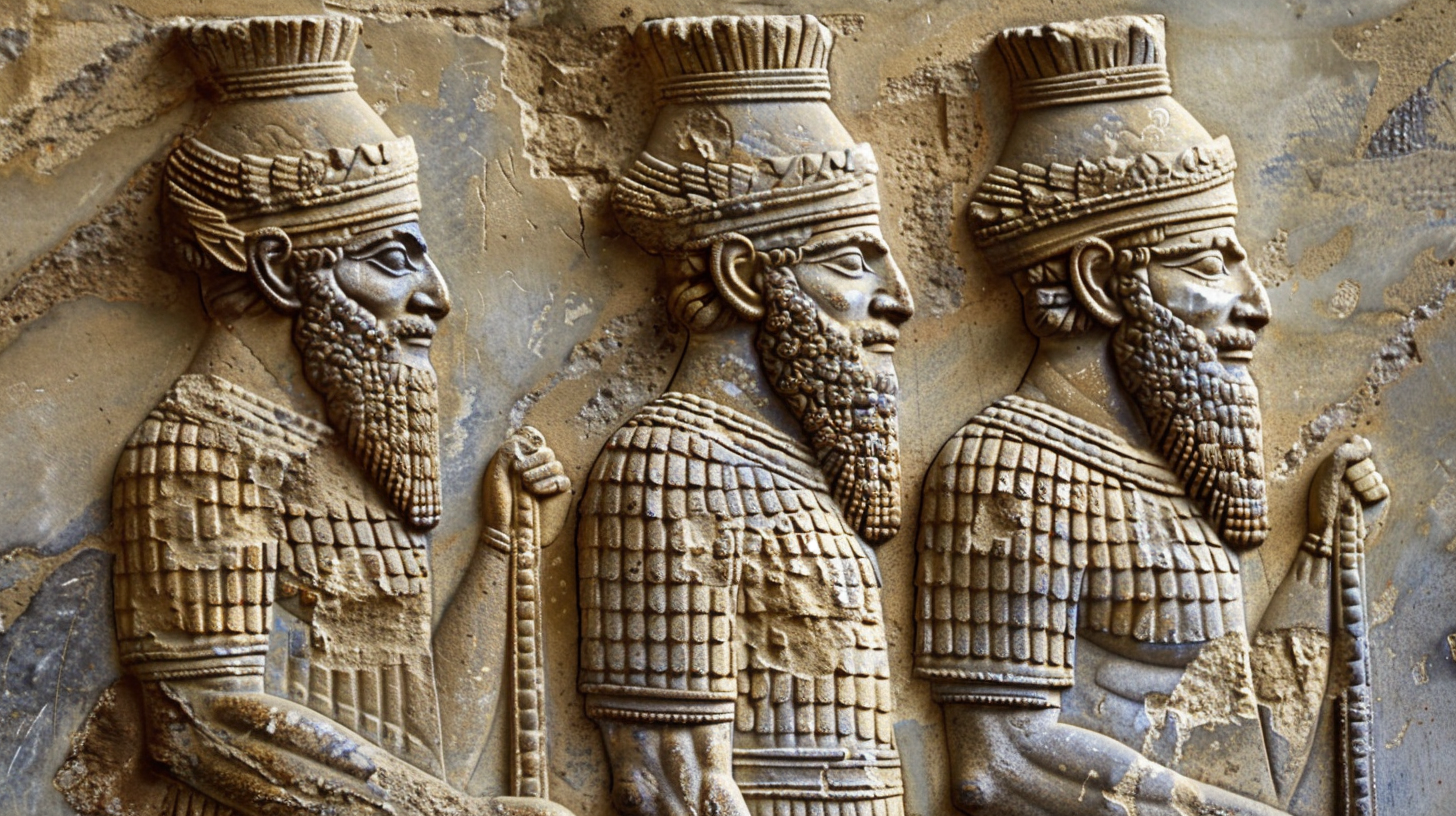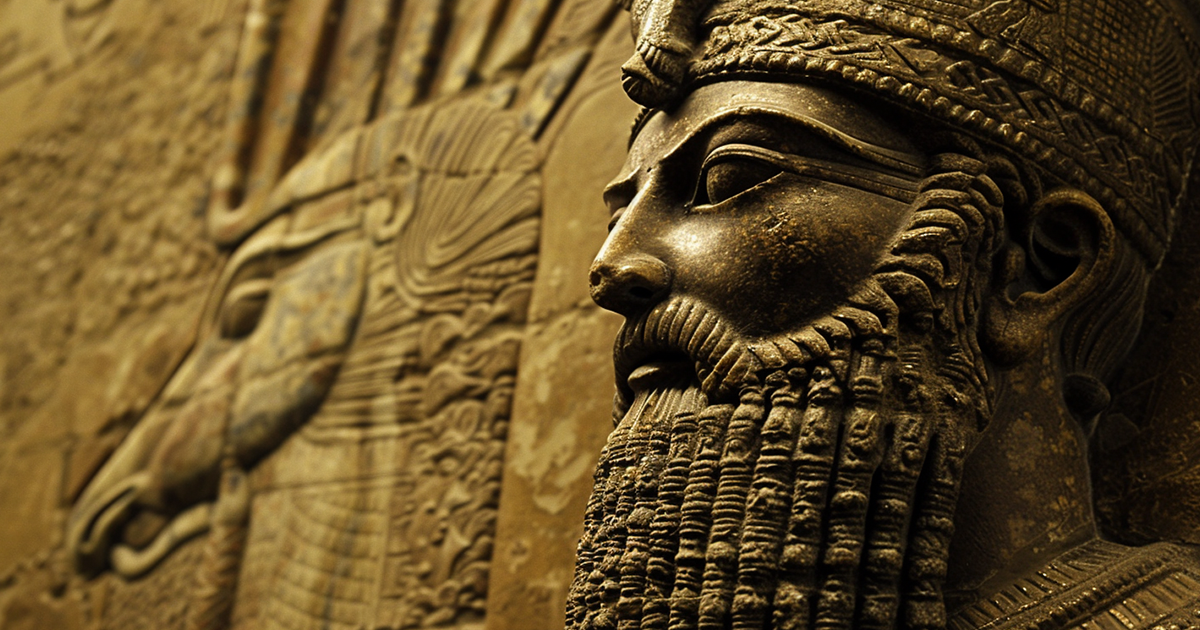The intriguing Sumerian Kings’ List, a historical Mesopotamian record, has captivated the curiosity of scholars and historians alike due to its account of rulers believed to have reigned for thousands of years. The audacious claims within this document have ignited discussions and controversies, with theories ranging from mythical longevity to potential extraterrestrial involvement. Venturing into this cryptic manuscript provides a glimpse into ancient civilizations and urges a reevaluation of our perceptions of history, human lifespan, and the conceivable existence of otherworldly influences.
Central to this enigmatic puzzle lies the Sumerian Kings’ List itself, a tablet inscribed with cuneiform script detailing kings who purportedly governed Sumerian city-states. According to this ancient record, these rulers achieved remarkable longevity, with some allegedly reigning for tens of thousands of years. Notably, early kings like Alulim and Alalngar are depicted as ruling for extensive periods, while figures such as Enmebaragesi and Lugalbanda are ascribed with reigns spanning thousands of years.
Advocates of the viewpoint that the Sumerian Kings’ List chronicles historical events assert that the extraordinary lifespans ascribed to these rulers could be a result of various factors, incorporating symbolic numbers, embellished myths, and a distinct temporal concept prevalent in ancient Mesopotamia. They propose that the inflated numbers might symbolize eternal sovereignty or divine authority, rather than exact lifespans.

Furthermore, supporters of this perspective highlight similarities between the Sumerian Kings’ List and other ancient manuscripts featuring accounts of long-reigning monarchs. Analogous stories can be found in genealogies of different ancient Near Eastern cultures, such as the Babylonian Dynastic Chronicle and the Sumerian Eridu Genesis. These parallels imply that the concept of enduring monarchies may have been a widespread theme in ancient mythologies rather than unique to Sumerian civilization.
Conversely, skeptics propose alternative interpretations, suggesting that the extended lifespans documented in the Sumerian Kings’ List may stem from symbolic allegory or clerical oversights rather than factual records. They propose that ancient societies, including the Sumerians, used symbolic numerals to represent abstract notions or religious doctrines, viewing the extended reigns symbolically rather than literally.
Moreover, critics caution against superimposing contemporary standards of historical precision onto ancient texts and emphasize the significance of comprehending the cultural and religious milieu surrounding the creation of the Sumerian Kings’ List. In the absence of concrete substantiating proof, such as archaeological discoveries or concurrent historical documentation, the assertions made within this manuscript linger as speculative.
Another interpretation surrounding the Sumerian Kings’ List posits that the extended lifespans attributed to the rulers might be rooted in cultural memory or oral traditions rather than factual events. In ancient Mesopotamian societies, kingship associated with divine legitimacy and rulers were revered as quasi-divine entities. Hence, the prolonged reigns chronicled in the Sumerian Kings’ List could signify a cultural reverence for monarchs rather than an accurate historical account.
In summation, the interpretation of the Sumerian Kings’ List and its portrayal of long-reigning rulers remains a topic of contention and speculation among historians and scholars. Whether these rulers were immortal entities, recipients of extraterrestrial encounters, or simply the products of mythological symbolism, one certainty prevails – the enigma of the Sumerian Kings’ List remains an enthralling enigma, encouraging exploration of ancient mysteries and pushing the limits of human comprehension.
